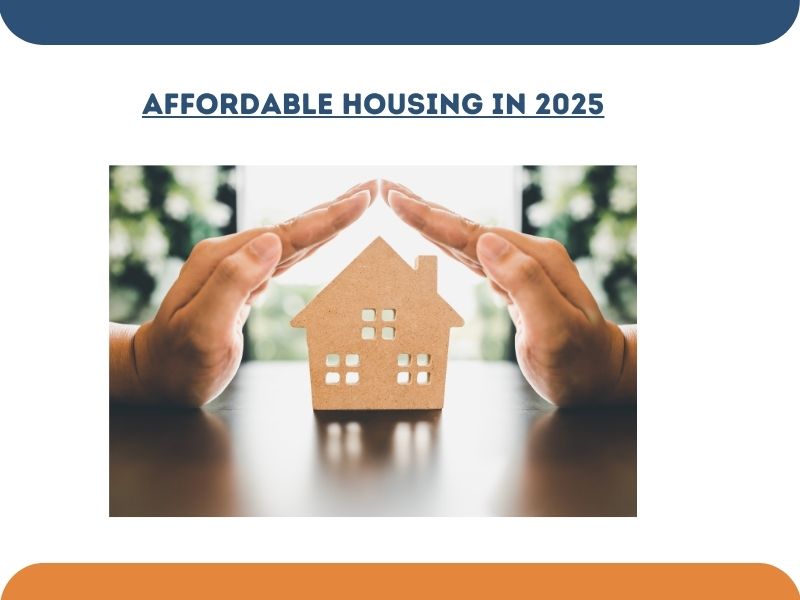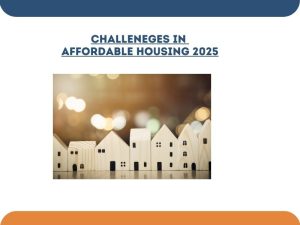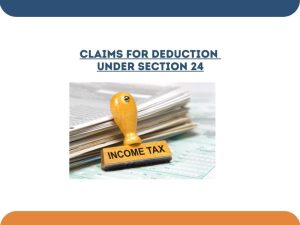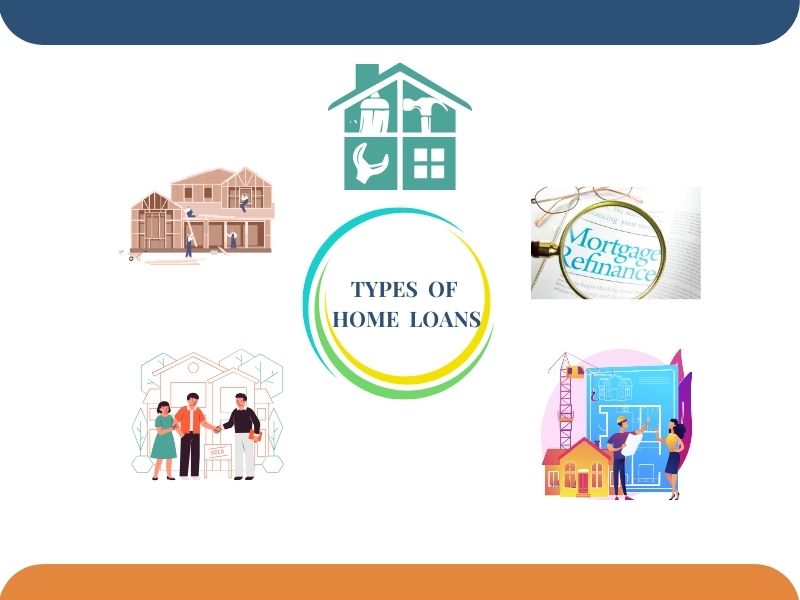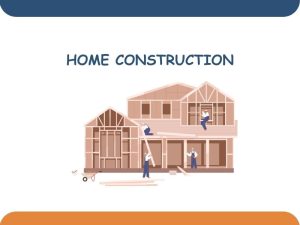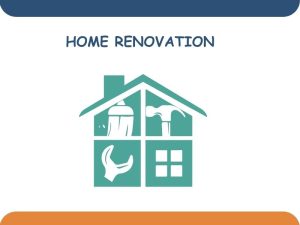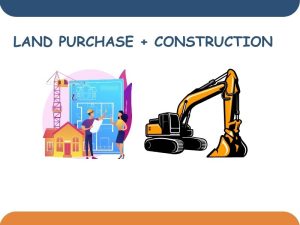Joint Home Loan Benefits: Unlocking Financial Ease
A joint home loan offers a host of advantages, making it an attractive option for families, couples, or business partners looking to share the financial burden of purchasing or constructing a home. By opting for this arrangement, borrowers not only divide the responsibilities but also unlock various monetary and tax benefits. This article delves into the primary benefits of joint home loans, ensuring you make an informed decision.
What Is a Joint Home Loan?
Two or more individuals take a joint home loan to buy or construct a residential property. They share equal responsibility for repaying the loan. Family members, such as spouses, parents, or siblings, typically avail joint home loans and share ownership of the property.
Read More : Unlock Home Loan for Govt Employees.

Benefits of a Joint Home Loan
1. Higher Loan Eligibility
One of the most significant advantages of a joint home loan is increased loan eligibility. Combining incomes allows lenders to offer a higher loan amount, enabling you to purchase a more desirable property. For example:
| Applicant Type | Annual Income | Individual Loan Eligibility | Joint Loan Eligibility |
|---|---|---|---|
| Single Applicant | ₹6,00,000 | ₹30,00,000 | — |
| Joint Applicants (Spouse) | ₹6,00,000 + ₹4,00,000 | — | ₹50,00,000 |
2. Shared Financial Burden
In a joint loan, repayment responsibilities are divided among co-borrowers. This reduces the financial stress on a single person and ensures better management of household expenses.
3. Tax Benefits for Co-Borrowers
Co-borrowers can enjoy tax benefits under Section 80C and Section 24(b) of the Income Tax Act. Each borrower is eligible for:
- Deduction on Principal Repayment: Up to ₹1.5 lakh annually under Section 80C.
- Deduction on Interest Paid: Up to ₹2 lakh annually under Section 24(b).
4. Enhanced Credit Profile
Repaying a joint home loan on time positively impacts the credit scores of all borrowers. This can prove advantageous for future credit needs.
Key Considerations Before Taking a Joint Home Loan
While the benefits are appealing, you must be aware of the responsibilities and implications of a joint home loan.
1. Equal Liability
Each co-borrower is equally responsible for loan repayment. Default by one party can impact the credit score of all co-borrowers.
2. Ownership Ratio
The ownership ratio should reflect the contribution of each borrower to avoid disputes in the future.
3. Relationship Requirement
Most lenders require joint borrowers to have a familial or spousal relationship. Partnerships outside these relationships may face challenges in loan approval.
Discover More : Understanding Section 24 of Income Tax

Tips for Maximizing Joint Home Loan Benefits
1. Choose Co-Borrowers Wisely
Ensure your co-borrower has a stable income and a good credit score to increase loan approval chances.
2. Understand Tax Provisions
To claim tax benefits, ensure the property is jointly owned, and loan repayment is done from each borrower’s account.
3. Clear Communication
Maintain transparency about ownership, repayment responsibilities, and potential scenarios like separation or default.
Conclusion
A joint home loan is an excellent financial tool for individuals seeking to share home ownership and repayment responsibilities. From enhanced loan eligibility to tax benefits, this option provides multiple advantages when planned wisely.
Vridhi Home Finance offers a range of home loan solutions, including joint home loans, to meet your unique requirements. Whether you’re planning to purchase, construct, or renovate your dream home, our products are tailored to fit your needs. Connect with us today to make your homeownership journey seamless!







